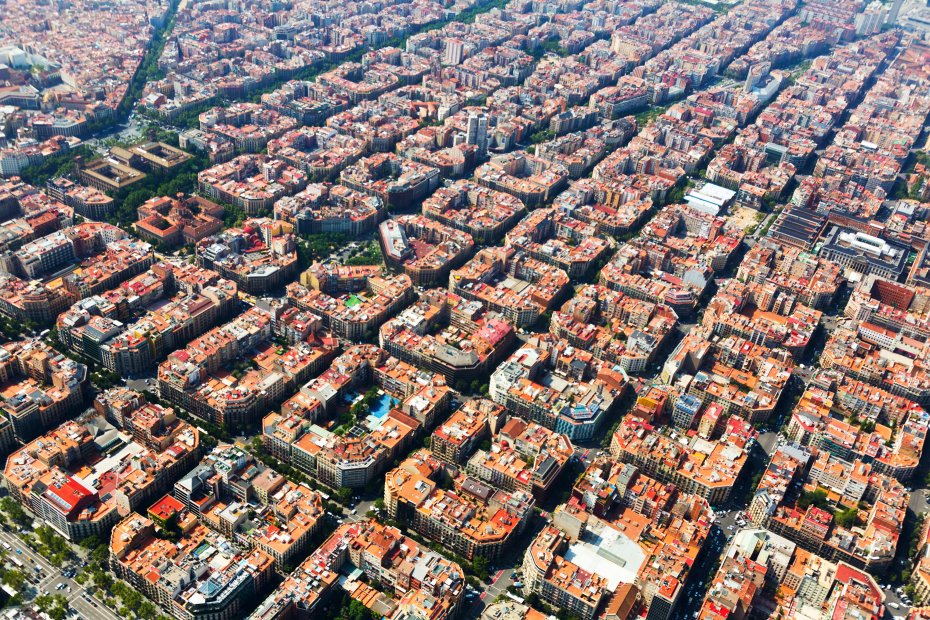

There are a number of solutions for your home, depending on the origin of the water. If you suspect you have standing water don’t hesitate to call someone. Check your crawl space and survey your foundation from the outside. Today is a good day to do a visual inspection of your house. Worse yet, these are the best conditions for bugs! Without attention you could be hosting housemates you didn’t ask for! The best defense is a good offence The dark and wet provides the perfect home for molds and allergens. If it soaks through to your floors it can ruin hardwood, laminate, and tile… not to mention the damage to baseboards and your walls!īasements smell musty from always being damp. Your foundation can be discolored, and prematurely aged. Water can ruin the exterior and interior of your home. A building that has settled too much has creaks in the floors and sticky doors. The ground under your home can be compromised leading to settling. It can lead to structural and health issues if left neglected. Water pooled at your foundation and collecting in your crawl space is not ideal. Over time this intruding H2O freezes and thaws, creating more cracks, and eventually leaking into your crawl space. The walls are thick but water finds all the cracks and crevices, seeping into every pore of the cement. This tension can cause horizontal fissures. This generates more strain in some places than others. There might be a pool of water on one side, but a large tree drying out the other side.
#The downside tower leaks creaks breaks plus
The water that has soaked in plus the water adding hydrostatic pressure to the foundation is never evenly distributed. This causes your home to shift back and forth with the change of the season, creating more stress on the substructure. During the dry season it evaporates, relieving that pressure. The pressure pushes on your foundation while water builds up during rainstorms or spring melts. If you have water sitting against the base of your house, it could do serious damage.

Water collected in looser, backfilled soil.Water running down sloped landscaping towards your home.However, when your building is in the way there’s nowhere for it to go and it ends up gathering at your foundation. Water loves to flow from bedrock to rivers, down hills to streams, and from the sky into our sewer system. Think dams, boats, and the foundation of your house. The strength is generated from the power of gravity pushing that water towards a object. This is the force (pressure) exerted by a fluid (hydro) that is not moving (static). The “persistence” of standing water is actually called hydrostatic pressure. Water, for all it’s calm and placidity, uses persistence to incite great changes on everything from mountain ranges to your home. Water carved out the Grand Canyon and Carlsbad Caverns. Water can create catastrophes – tsunamis, floods, hurricanes. What Happens When Water Collects at the Foundation of Your Building


 0 kommentar(er)
0 kommentar(er)
